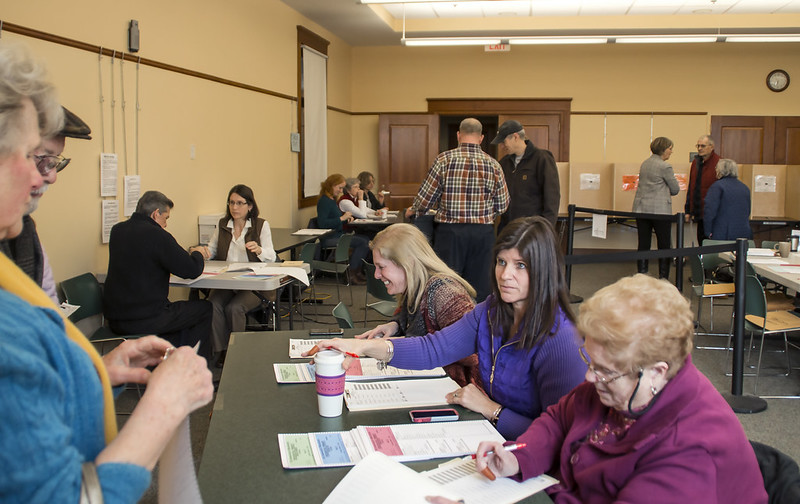Jason Lowther

Last October, I wrote in this blog about the many positive aspects of the Elections Bill currently working its way through parliament. It clarifies what “undue influence” on voters means, improves poll accessibility, reduces the risk of intimidation of candidates and requires all paid for digital political material to have an imprint. The big problem, though, is the plan to require voters to present certain restricted types of identification in order to vote. This month the House of Lords voted to mitigate this problem.
As part of the “Report Stage” of the bill, on 6th April the Lords agreed an amendment which radically expands the range of identification documentation which voters could use. The new list is fairly extensive including an adoption certificate, bank or building society statement, P45 form, asylum seeker letter from the Home Office, and even a library card or National Railcard.
In the debate, Cross-bencher Lord Woolley of Woodford claimed that the government had failed to make a convincing case on voter fraud – quoting one conviction from 47 million voters, which he likened to the chance of winning the national lottery jackpot. He said that the cost of insisting on photographic ID could be to disenfranchise 2 million voters.
For the Greens, Baroness Jones of Moulsecoomb labelled the policy ‘a cynical ploy’. She went on to claim: “It is a clear attempt by the Government to make it harder for people to vote in elections. That is the only motive I can see when we have this sort of Bill in front of us. More cynically still, it will disproportionately stop BAME, working-class, Gypsy, Roma and Traveller people voting. These people find it hard enough to vote already. Anything you put in their way will stop them voting completely; that is preventing democracy’.
One of the amendment’s sponsors, Conservative former cabinet minister Lord Willetts, said that there was little concern with voter personation in the mainland and raised the concern that a future government elected with a small majority could face questions if significant numbers of voters had been unable to vote due to the new requirements. He concluded that the amendment was ‘protecting our system from a major political and constitutional risk while remaining consistent with the manifesto on which the Conservative Party fought the last election’.
The vote on ‘Amendment 8’ in the Lords was 199 to 170, with three Conservative peers in favour and 155 against. The House of Lords has its final sitting on the Report Stage on Monday (25th April), after which it will complete the Third Reading before the bill returns to the Commons for its consideration of the amendments. The Government is known to be concerned at the inclusion of ID which does not have a photo, so the amendment is likely to be further challenged.
UPDATE (30/4/22): As anticipated, the Government rejected Amendment 8 in the Commons as the Government’s view was the types of ID listed were not sufficiently secure and might be prone to fraud. More detail is available in the excellent summary by Elise Uberoi and Neil Johnston for the House of Commons Library here.
Jason Lowther is Director of the Institute for Local Government Studies (writing in a personal capacity).
Pingback: Voter ID – the warning lights are flashing | INLOGOV Blog